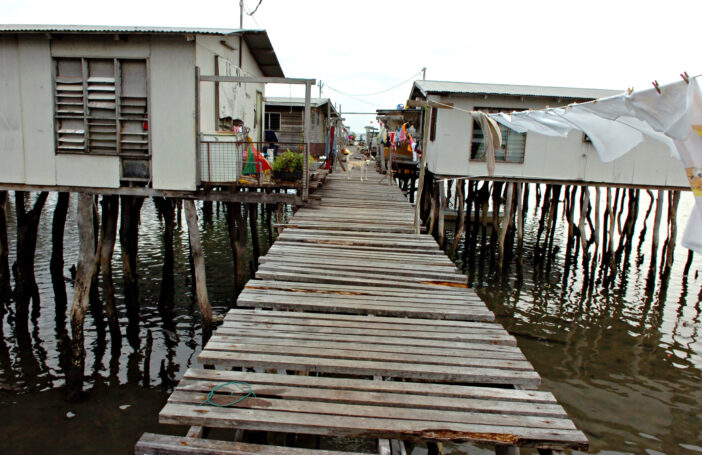An interesting note [pdf] has recently emerged from the OECD. Prepared for a January 2014 meeting of the Development Assistance Committee (DAC), it assesses the impact of a possible lowering of the per capita income threshold which is used to determine eligibility for Official Development Assistance (ODA). It also shows what the list of ODA-eligible countries might look like in 2030 with both the present and lowered income thresholds.
At present, a country is ODA-eligible if its Gross National Income (GNI) per capita is below the high-income-country (HIC) threshold. In 2012, this was $US12,615.
The OECD note cites several reasons for lowering the ODA-eligibility threshold to the level at which countries commence the process of graduation from World Bank lending on hard (IBRD) terms, which is currently $US7,115. In particular, using this lower limit would ‘enhance consistency between bilateral and multilateral finance’ and ‘remove the paradox that a country continues to be eligible for ODA, including grants, at income levels that would trigger consideration of its graduating from non-concessional Bank lending’.
So if the income threshold for ODA were dropped from the HIC threshold to the IBRD graduation threshold, what would this mean for Australia’s aid?
Based on Australia’s 2012 ODA, moving to the IBRD graduation threshold would bring about a tiny reduction of 0.5 per cent. The only countries in our region that would immediately get pushed off the DAC list are Cook Islands, Palau and Malaysia—the last of which long ago graduated from Australian aid. New Zealand’s ODA would be reduced by 3.4 per cent, owing mainly to the size of its aid to Cook Islands. So, a pretty minor impact.
Other OECD donors would see a bigger shift. Brazil would drop off the list, leaving Norway in quite a hole—it has committed about $US1 billion to Brazil under a partnership to reduce greenhouse gas emissions from deforestation and forest degradation. The EU and France would see large reductions, 19 per cent and nine per cent respectively, because they have made large loans to Brazil and to Turkey, another casualty of the reduced threshold.
Looking further ahead to 2030, based on IMF growth projections, the changes are more significant. With a lower threshold, countries such as Indonesia, Timor-Leste, Thailand, Bhutan and Mongolia would likely graduate by 2030. However, if the threshold remains at its current level, all these countries will probably still be ODA-eligible. (The Guardian has asked what it might mean for the poor living in these middle-income countries if the change were to go ahead.)
Australia would lose its biggest aid partner and couple of moderately significant ones, but there would still be plenty of work to be done in Papua New Guinea, the Pacific island countries, the Mekong countries, South Asia, sub-Saharan Africa and—here’s a thought—Central Asia.
Interestingly, bumping off countries over the IBRD graduation threshold would actually lead to an increase in net ODA over the long-term, since loan repayments from those countries would no longer be subtracted from their donors’ gross ODA:
Of note is the relatively high share of loans (67% of gross ODA and 59% of net ODA) in the aid from DAC members (including EU Institutions) received by countries above the new lower threshold. These loans will have to be repaid, giving rise to negative ODA. This means that, in the long run, ODA would be higher with these countries excluded than if they remain on the List. This would be most advantageous for those members that have the largest outstanding portfolios of loans to the countries in question.
In other words, changing the threshold would achieve logical harmony at the expense of a perverse outcome: an artificial inflation of ODA owing to the dominance of loans in bilateral aid programs in the countries between the lower and higher thresholds.
There’s no immediate prospect of the DAC making the change contemplated above. The DAC is a consensus body: when there are even a few big losers, things don’t change. In any case, the case for change is not clear-cut. As a senior adviser to the DAC Chair has said, also in January 2014, ‘A tightening of eligibility that leaves no recognised public resources to work with UMICs [Upper Middle Income Countries] on today’s development challenges would make no sense, especially if the ambition is to create a truly global development framework in the post-2015 era’.




